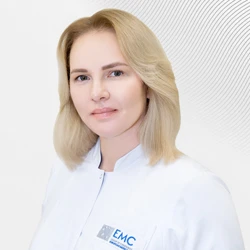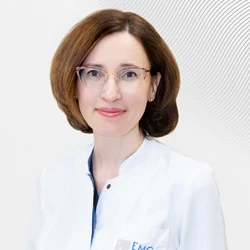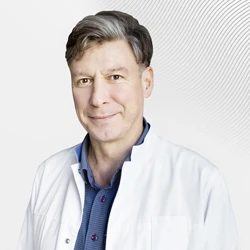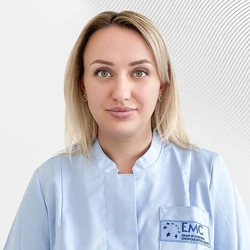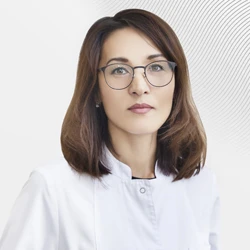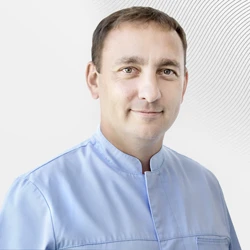Narrates Julia Selskaya,
otorhinolaryngologist, head of the Otorhinolaryngology Clinic, doctor of the highest category, Ph.D.
If the child has a fever, he does not sleep, turns over, cries, and when you try to check his ears, the crying increases, perhaps the baby has otitis media.
Features of the structure of children's ears
In terms of the frequency of diseases in babies, otitis media (inflammation of the ear) is in second place after the common cold. At the age of one year, 62% of children suffer from otitis media once, 17% - three or more. Children are most often susceptible to this disease in the period from three months to three years.
Why do children get sick so often? There are many reasons. It is during this age period that the child does not have a fully formed immune system, and it is difficult for the body to resist infections. Anatomical features of the structure of the middle ear contribute to the disease. In newborns and young children, the ear canal is short, the closer to the eardrum, the narrower. The border of the outer and middle ear is the eardrum. The middle ear is located in the temporal part and consists of several elements. The most important is the auditory tube, which connects the nasopharynx and the inner ear. Unlike adults in toddlers, it is short, wide and positioned more horizontally. This structure promotes the penetration of infection from the nasopharynx into the middle ear, where instead of a smooth thin mucous membrane and air, there is loose gelatinous connective tissue with a small number of blood vessels. An ideal environment for the development of microorganisms. Acute otitis media develops when the inflammation passes from the mucous membrane of the nasal cavity and nasopharynx to the auditory tube. Ventilation and drainage functions are disrupted, and bloody fluid accumulates in the tympanic cavity.
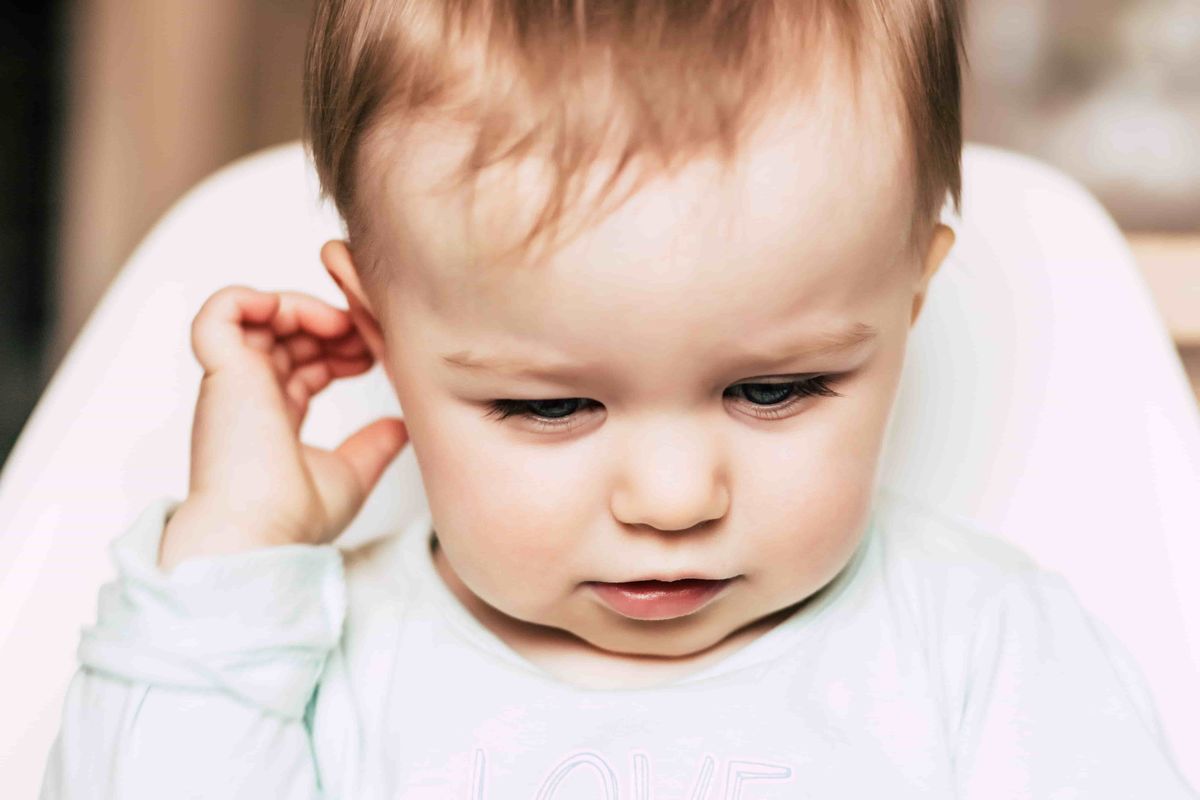 The cause of impaired patency of the auditory tube may be adenoids that clog its mouth, congenital anomalies, and allergic reactions.
The cause of impaired patency of the auditory tube may be adenoids that clog its mouth, congenital anomalies, and allergic reactions.Pneumococcus, streptococcus, and acute eating disorders also cause inflammation of the middle ear. If the baby is not properly fed, ingestion of formula or breast milk from the nasopharynx can cause inflammation.
Depending on the location of the lesion, otitis media can be external, moderate, and internal. The most common at this age is acute otitis media, which develops against the background of acute respiratory viral infections, tonsillitis, scarlet fever, measles. According to disease statistics, acute otitis media occurs in 70% of cases, external – about 20%, internal – up to 10% of the total number of otitis media. In young children, acute otitis media is even more common, up to 90%.
Breastfed children are twice as likely to develop acute otitis media as "artificial" children. The causes of impaired patency of the auditory tube may be associated with mechanical blockage of its mouth by adenoids, may be associated with congenital anomalies, allergic reactions.
Diagnosis of otitis media in a child
The disease begins suddenly, the temperature rises to 39-40C. The baby is restless, cries a lot, sleeps poorly, and listlessly suckles. During feeding, she tears herself away from her breast and cries. From the age of four months, the child covers the sore ear with a pen or rubs it against the pillow. If the inflammatory process has affected the eardrum, mucus, pus, and mucus are released from the ear. With severe otitis media, vomiting and diarrhea are possible in infants. The baby throws back his head, strains his arms and legs, his neck does not bend.
 Moms ask: how to quickly consult a doctor for symptoms of otitis media? Do you need a specialist or will a pediatrician prescribe treatment? You should consult a doctor immediately or within a few hours after the first symptoms appear: emergency care should be provided without an appointment. Only an ENT doctor should diagnose the disease, he will prescribe the treatment.
Moms ask: how to quickly consult a doctor for symptoms of otitis media? Do you need a specialist or will a pediatrician prescribe treatment? You should consult a doctor immediately or within a few hours after the first symptoms appear: emergency care should be provided without an appointment. Only an ENT doctor should diagnose the disease, he will prescribe the treatment.But there are situations when it is necessary to act urgently. Swelling behind the ear, the child lies with his head thrown back, legs bent to the tummy and cramps, this may indicate dangerous complications – meningitis or meningoencephalitis. An ambulance is called immediately in such cases. Complications are treated in a pediatric ENT hospital, and if necessary, an incision of the eardrum is performed - a myringotomy or tympanostomy (simultaneously with the incision of the eardrum, the tympanic cavity is rehabilitated and ventilation tubes are installed). The surgeon performs the operation using a microscope under general or local anesthesia. The purpose of the procedure is to ensure a free outflow of pus from the middle ear cavity. After the operation, the child's condition improves.
Under the supervision of an ENT doctor
The ENT doctor prescribes treatment - antibacterial therapy, pain medications, local procedures and physiotherapy. Recovery usually occurs after 5-10 days. After the baby has recovered, rehabilitation therapy is performed.
In the treatment of acute otitis media in children under two years of age, the doctor will prescribe antibiotics. These can be tablets, syrups, intramuscular injections, and in severe cases, intravenous administration of drugs.
For children over two years of age, antibiotics are prescribed for severe conditions when the ear hurts a lot and the temperature is above 38C.
Many parents are suspicious of the use of antibiotics for otitis media, fearing that the baby's immune system is being harmed. There is no reason to worry: modern drugs are well excreted from the body and the negative effects of their use are minimal. If otitis media is not treated or done without medical supervision, scarring in the tympanic cavity, hearing loss, and chronic purulent otitis media may occur, which require complex surgical treatment. In extremely severe cases – mastoiditis, meningitis.
First aid for otitis media
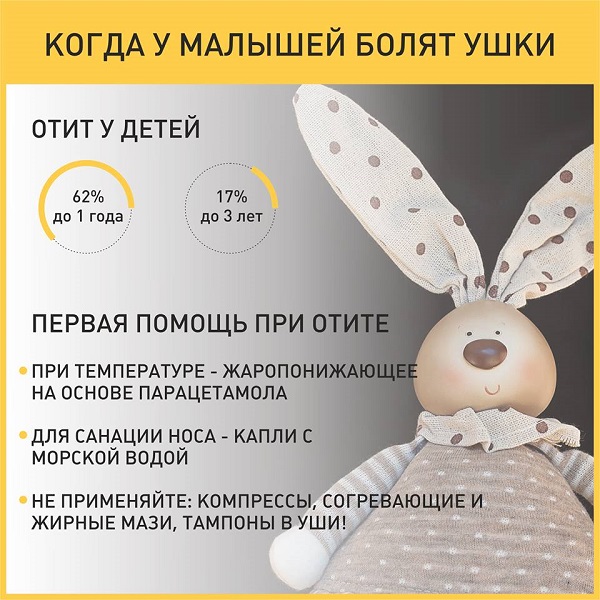
Mom can provide first aid to the baby. If the temperature is elevated, it is worth giving the child antipyretic and painkillers based on paracetamol. Analgin and aspirin should not be used! Spray and drops with sea water are used to sanitize the nose. Otitis media is often accompanied by rhinitis. You can gently remove mucus from the front of the nose. Vasoconstrictor drops are not prescribed for infants.
If the baby is over a year old, with severe swelling of the nasal mucosa, medications for the common cold are prescribed.
Compresses, warming and greasy ointments for otitis media should not be used, otherwise the inflammation will increase. For children with frequent otitis media, parents put cotton wool in their ears, trying to protect them from the disease. This cannot be done – ideal conditions are created in the external auditory canal for the reproduction of microorganisms, including fungi.
When bathing a child, cotton wool with petroleum jelly oil is placed in children who have a perforation of the eardrum, otherwise water entering the tympanic cavity can cause inflammation. With a complete membrane, there is no danger of water entering the external auditory canal; after bathing, simply blot your ears with a towel.
Author: Yulia Selskaya, otorhinolaryngologist, head of the Otorhinolaryngology Clinic, doctor of the highest category, PhD
Was this information helpful?
Questions and answers
Ask a Question







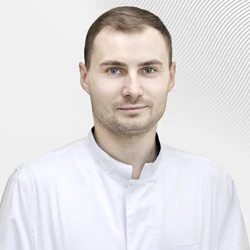
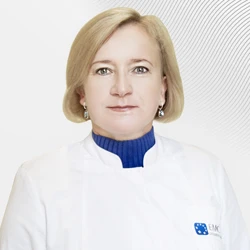
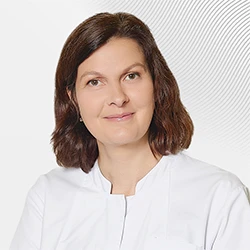
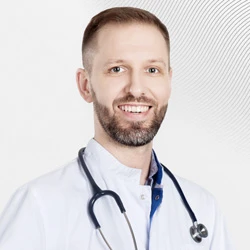
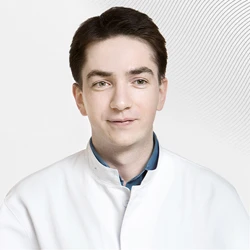
.webp)
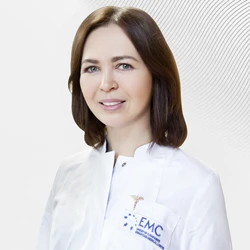
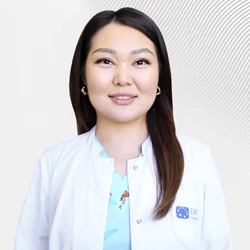
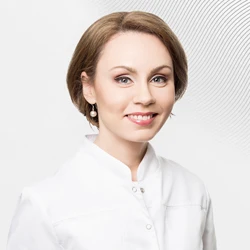

.webp)
